

This Robotaxi Move Could Shatter Tesla — Elon Musk’s $100 Billion Gamble Sparks Online Firestorm
In a move that has Wall Street buzzing, Silicon Valley reeling, and the internet in full meltdown mode, Elon Musk has just pulled off what might be the boldest bet of his entire career. Forget Mars. Forget brain chips. Forget flamethrowers. The future of Tesla—once the unchallenged king of the EV revolution—now hinges on one highly controversial, insanely ambitious, and potentially catastrophic play: driverless robotaxis powered entirely by AI.

Yes, you read that right. Musk is going all-in on autonomous vehicles, aiming to launch Tesla’s first wave of AI-driven robotaxis in a matter of months. But while the tech world watches with breathless anticipation, critics are sounding alarms louder than a malfunctioning Cybertruck window. Some say it’s visionary. Others call it a vanity project spiraling into corporate delusion.
Either way, the stakes have never been higher.
“This Could Break Tesla”
At the core of Musk’s vision is a complete reinvention of Tesla’s identity. No longer just a carmaker, the company is being transformed into what Musk calls a “robotaxi network powerhouse.” That’s a far cry from its EV roots—and for some investors, it’s a terrifying pivot.
Musk believes robotaxis will soon render car ownership obsolete. His dream? A global fleet of autonomous Teslas that drive themselves, pick up passengers, and generate passive income for owners—all without the need for human drivers. Think Uber, minus the humans, fueled by cutting-edge AI and Full Self-Driving (FSD) software.
But here’s the problem: the technology still doesn’t fully work. Tesla’s FSD remains in beta. Its performance is spotty, its safety record controversial, and even its “name—“Full Self-”Driving”—has been criticized as misleading. Regulators have yet to greenlight it for unsupervised use.
So why is Musk willing to risk Tesla’s entire future on this?
Simple: because it’s do-or-die.
The $100 Billion Bet
Insiders say this robotaxi rollout isn’t just a moonshot—it’s a $100 billion gamble. That’s roughly the value Tesla could generate if it dominates the future robotaxi market, according to Musk’s own projections.
But those same insiders warn the bet could backfire spectacularly. Launching a mass-scale, AI-powered autonomous fleet isn’t just about software. It requires
Advanced neural networks
Regulatory approval across multiple countries
Bulletproof safety protocols
A total overhaul of Tesla’s business model
And so far, none of these boxes are fully checked.
Wall Street is divided. Some bulls are doubling down, calling Musk’s vision “the next iPhone moment.” Others believe he’s dragging Tesla into a techno-dystopian fantasy that could destroy its financial foundation.
The markets have responded with volatility. Tesla stock surged on early rumors of the robotaxi unveiling, then dipped sharply as skeptics voiced concern. One analyst put it bluntly: “This isn’t innovation. It’s desperation.”
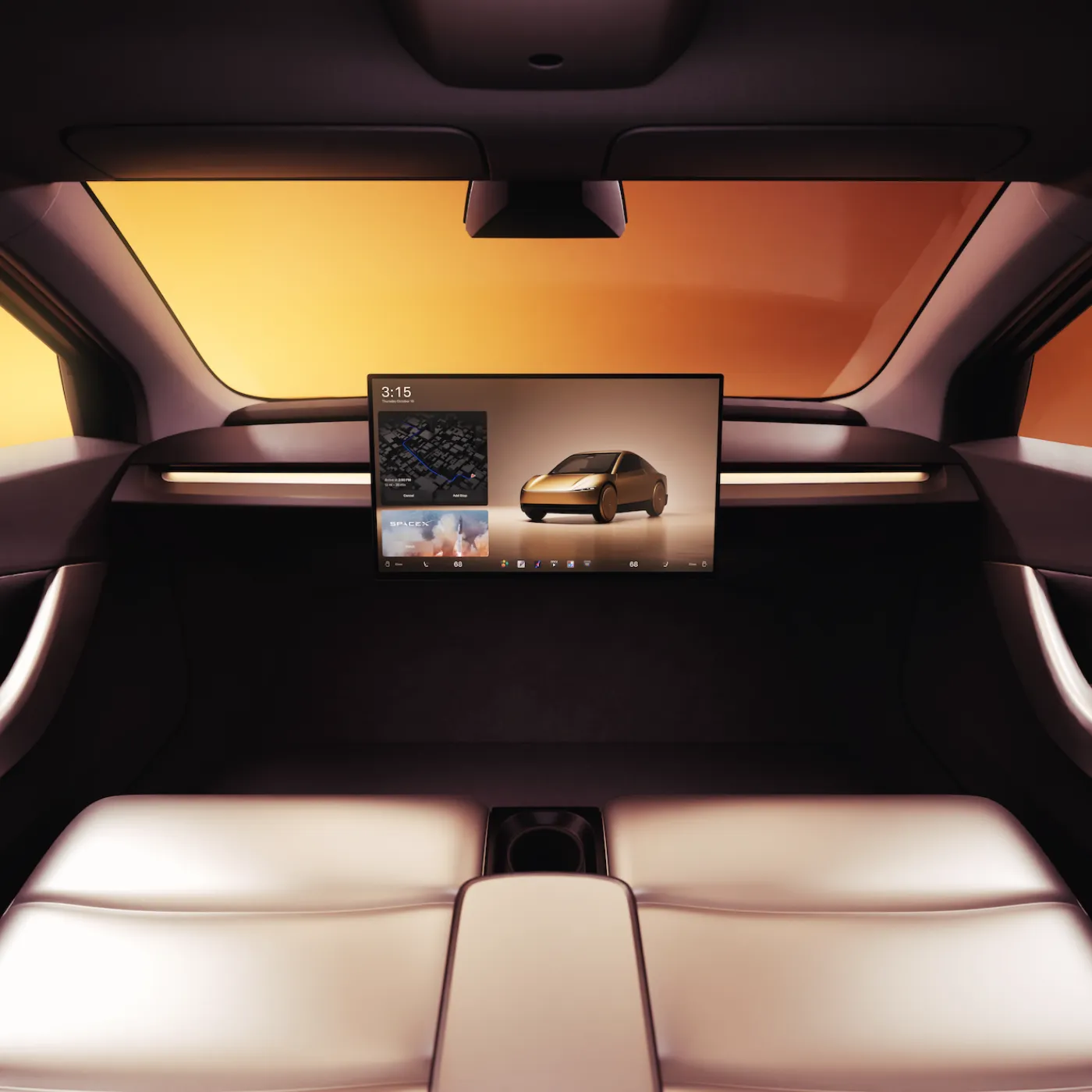
A Future Without Drivers?
Let’s be real. The idea of a robotaxi revolution isn’t new. Tech giants from Google’s Waymo to Apple have flirted with the dream of driverless cars. But no one—not even the most advanced AI labs—has cracked full autonomy yet.
What makes Musk different is his willingness to launch before the tech is perfect. That’s both his genius and his curse.
Back in 2023, he promised a fully autonomous Tesla “by next year.” That didn’t happen. In 2024, he doubled down. Now in 2025, the pressure is on—and Musk knows it.
Critics say he’s rushing the rollout for PR reasons. They point to the declining appeal of Tesla’s current lineup, increasing competition from Chinese EV makers, and slowing sales in the U.S. as reasons why he’s shifting focus.
But Musk claims it’s all part of a master plan. He insists that FSD is improving exponentially and that Tesla will shock the world with its first public robotaxi demo—possibly at an event later this year.
The Internet Is Losing It
If there’s one thing Musk is better at than engineering, it’s dominating the internet. And the robotaxi news has triggered a full-blown digital frenzy.
On Facebook, Reddit, and X (formerly Twitter), the announcement sparked chaos. Hashtags like #TeslaRobotaxi, #ElonBettingBig, and #FSDMeltdown have trended for days. Memes flooded timelines—some praising Musk as a genius, others mocking him as a reckless gambler.
Fanboys hailed the move as visionary, citing parallels to Steve Jobs’ launch of the iPhone or Amazon’s leap into cloud computing. “This is peak Elon,” one user posted. “No guts, no glory.”
Critics, however, were less kind. “He’s turning Tesla into Theranos on wheels,” read one viral comment. Another user called the plan “Silicon Valley’s final fever dream.”
Even Tesla owners are split. Some can’t wait to rent out their Model Ys and generate passive income. Others fear their cars are about to become beta-testing death traps.
What Happens If It Fails?
Here’s the nightmare scenario no one wants to say out loud: what if the robotaxi launch flops?
If Tesla’s robotaxi technology fails in the real world—either due to safety concerns, software glitches, or public backlash—the consequences could be catastrophic:
Massive loss of investor confidence
Regulatory crackdowns
Class-action lawsuits
Brand damage that rivals the Cybertruck fiasco
Worse still, it could hand the competitive advantage to rivals like Waymo, Baidu, or Cruise, who’ve taken a slower, more cautious approach to autonomy.
“If Elon crashes this,” said one Tesla engineer anonymously, “we don’t just lose robotaxis. We lose everything.”
Musk’s High-Wire Act
None of this is new for Elon Musk. He’s built a career on high-risk, high-reward moonshots. And more often than not, he wins. SpaceX landed rockets when NASA laughed. Tesla dominated EVs when Detroit scoffed. The man thrives in chaos.
But this time feels different. Because this time, the margin for error is razor-thin. This isn’t a side project. It’s Tesla’s core future strategy. If it works, he changes transportation forever. If it doesn’t, he risks turning a trillion-dollar empire into a case study in tech overreach.
And let’s be honest—even his biggest fans are nervous.
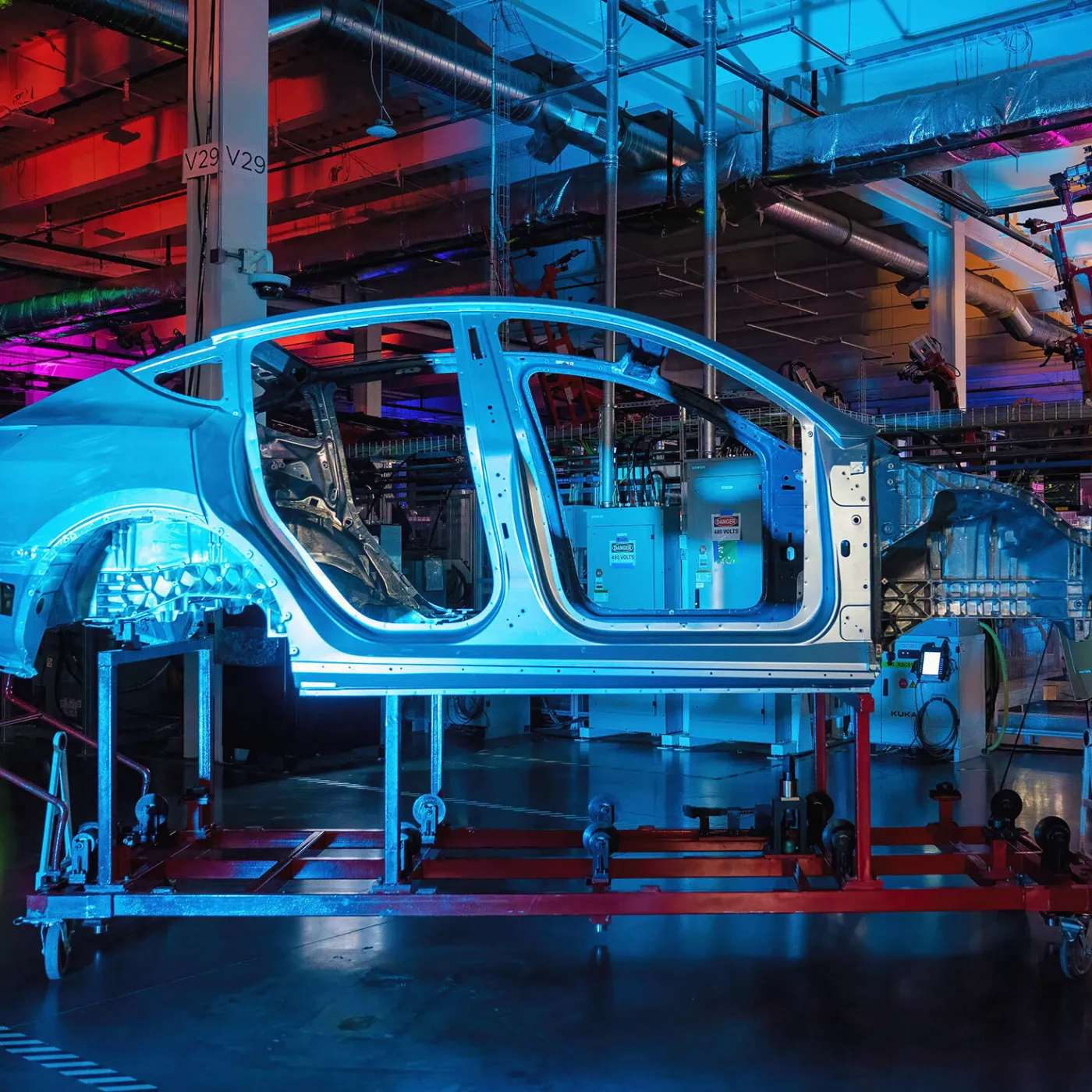
Final Thought: Is This Genius or Hubris?
Whether you admire him or can’t stand him, there’s no denying one thing: Elon Musk knows how to command attention. His robotaxi gamble is already shaping the future of transportation—and maybe the fate of one of the world’s most valuable companies.
Will it be a masterstroke or a meltdown?
The world is watching. Investors are betting. The internet’s on fire.
And Elon Musk, as always, is moving fast—with or without a driver.



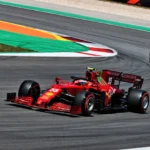




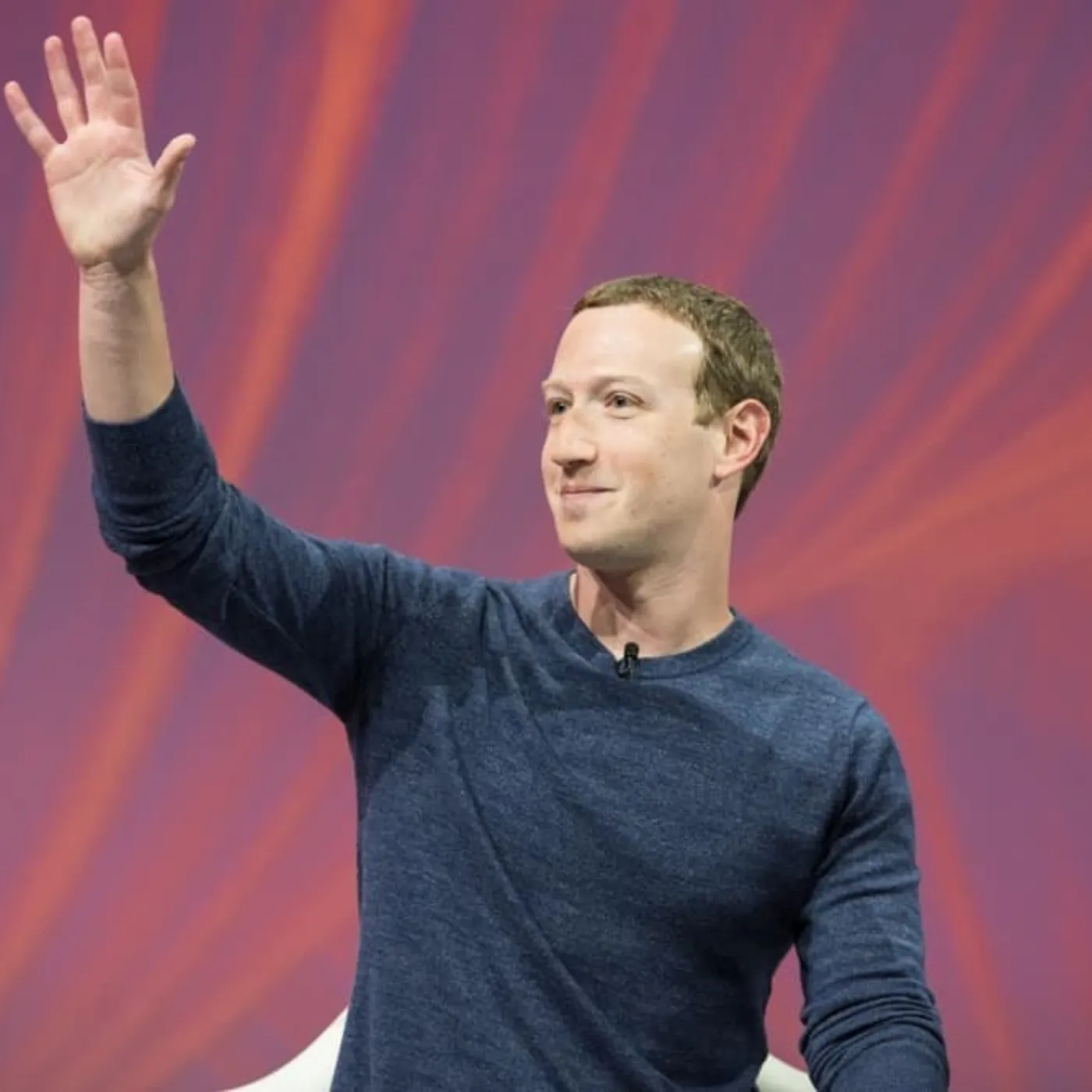

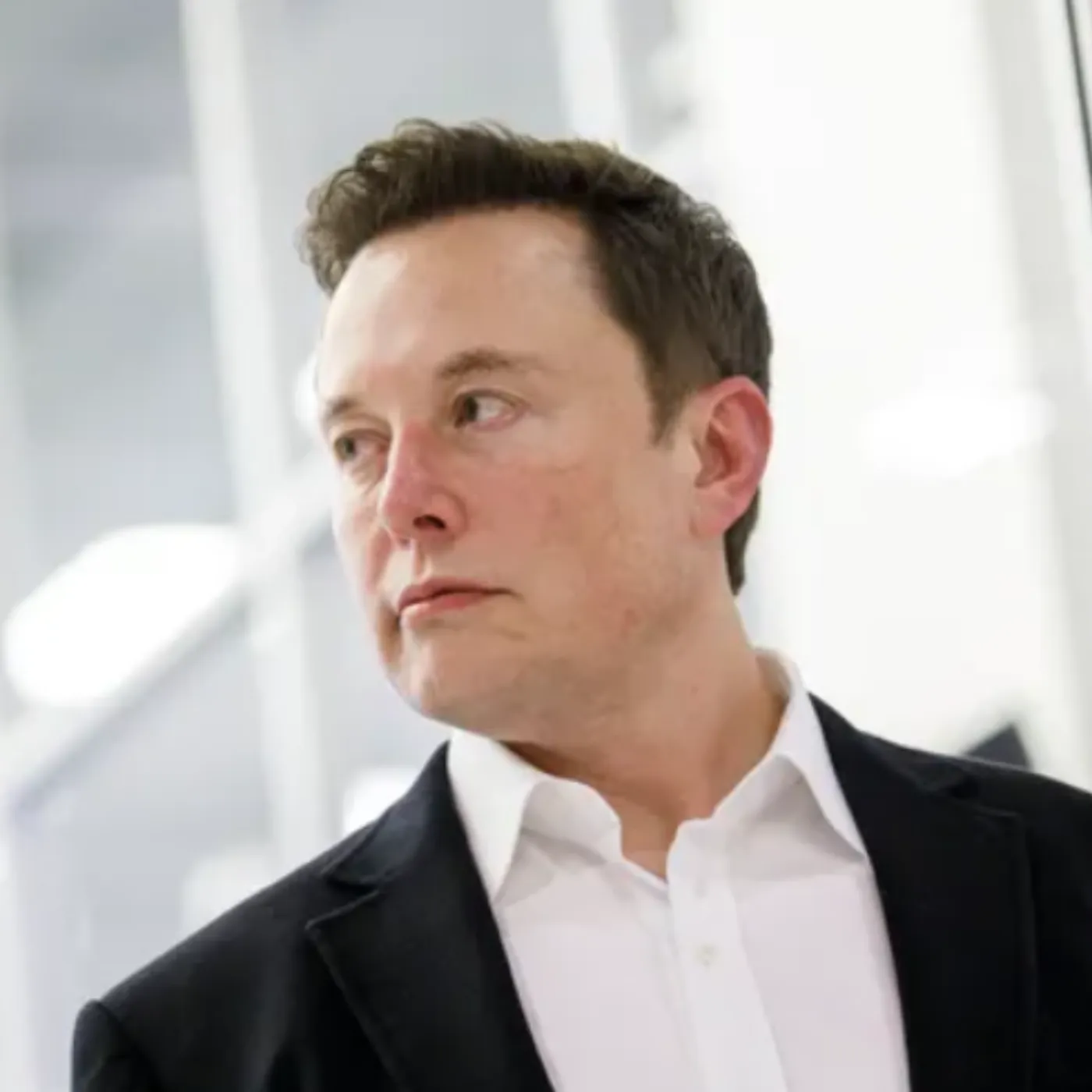








Post Comment